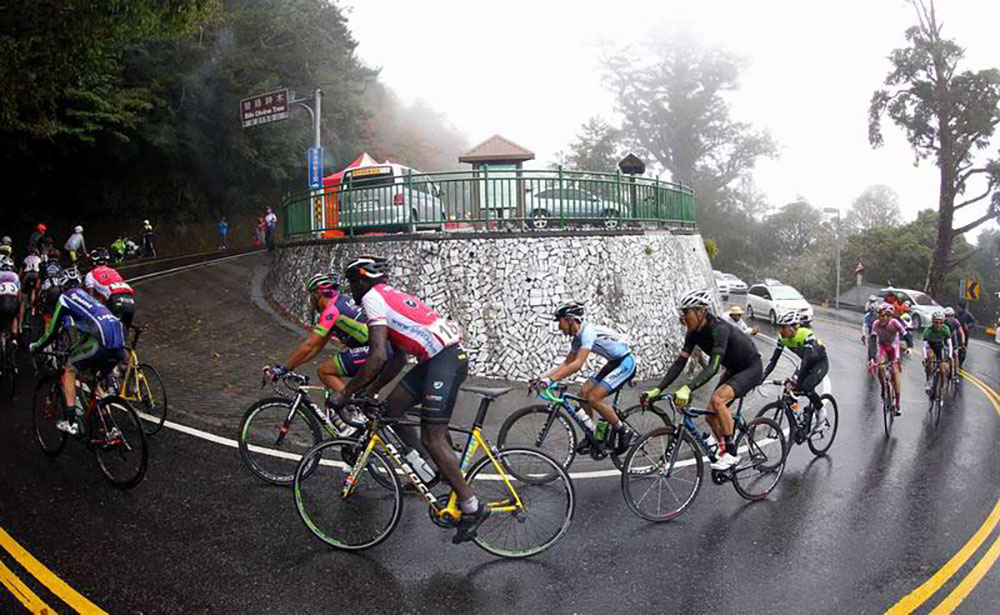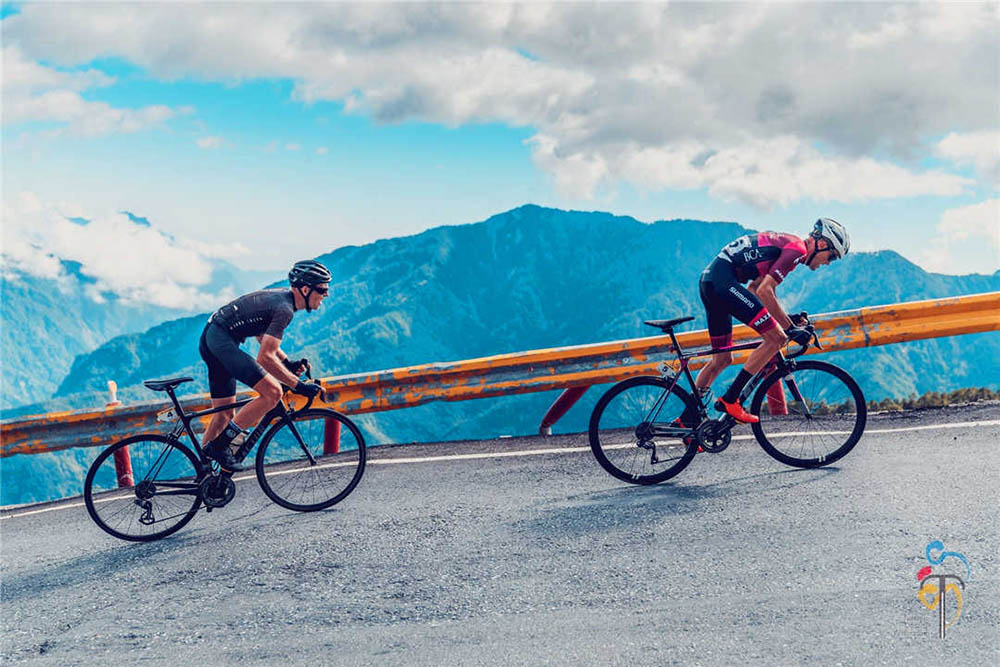How much slope can you climb
This is a topic that is particularly prone to controversy. In addition, people will generally confuse two different slope measurement units, which makes this topic full of controversy.
Today, we are working with Rhett Allen, a professor of physics from Southeastern Louisiana University in the United States, to figure out what the limit of bicycle climbing is.
First, let’s look at the definition of slope. Slope is the degree of steepness of the surface unit. Usually the ratio of the vertical height h and the horizontal distance l of the slope is called slope i. Both percentage and degree are expressions of slope. The calculation formula for percentage is Vertical height/horizontal distance * 100%, the degree is tanα=vertical height/horizontal distance.

For examples
The maximum slope of the highway is 5%, 3°;
The maximum slope of the parking garage is 15%, 8°;
The climbing ability of the car is 36%, 20°, and some off-road vehicles can climb 60% of the slope, which is almost 30°, which is also the slope of the stairs in ordinary buildings;
The 100% slope is 45°, which is almost like a cliff. Take a picture of a car and feel it.
If you don’t care about the speed of the climb, such as a few tenths of a meter per second, you can continue to climb with very little friction. It’s like using a pulley to lift heavy objects, in fact, only a small power motor is needed. “
Rhett Allain is a professor of physics at Southeastern Louisiana University in the United States. He has his own physics science column in Wired
magazine.
In theory, as long as a suitable gear ratio is found, a small amount of power is enough to maintain the climb.
However, the reality is ruthless, and a small gear ratio means that the driver has to rotate his legs frantically, maintain a high cadence, and accidentally crash the car because it is too slow.

In combination with the actual situation, the climbing speed cannot be too slow, so Professor Alan set the minimum climbing speed to the walking speed, 2 meters per second. Then, he used very professional physics to carry out extremely complicated calculations, and finally concluded that 40% gradient is the maximum gradient that a bicycle can challenge. At this time, 422 watts of work are required, which is the power that a professional cyclist can almost reach. value.
When the slope reaches, no matter how much power we output, and what the transmission ratio of the bicycle is, we can’t go up 1 meter, and the center of gravity becomes a key word.
The only thing you can’t go beyond is the center of gravity
A common sense is that when the slope is steep to a certain level, we will go backwards.
Specifically, when the intersection of the rider’s center of gravity and the ground is not between the contact points of the two wheels and the ground, we will go backwards.
And where is the center of gravity of the rider

Keith Bontrager, an elite Bikefitting technician, said that this is really difficult to explain from a conceptual point of view, but he generally sets the center of gravity to 3 to 4 cm behind the pedal when the crank on the side of the chainring is at 9 o’clock.
Now, in order to figure out the point where the cyclist retreats, we must do a little trigonometric function calculation: tilt angle = 90°-[Tan-1 (the height of the center of gravity ÷ the horizontal distance from the rear wheel landing point to the center of gravity)].
According to this formula, we get a critical point of 25.8°, which is a slope of 48%. Of course, this is the situation where the driver has been sitting on the seat during the climb.
When the angle becomes steeper, we will involuntarily leave the cushion and roll up two steps.
If you recalculate according to the center of gravity of the rocking car in this standing posture, you will get a new critical point of 41°, which is 86.9%. It seems that the cyclist can even conquer every cliff that makes the off-road jeep ashamed.
However, in this set of calculations, one factor is significantly less considered, the friction between the tire and the ground. People who drive often understand that when the slope is too steep, the tires will slip, and bicycles are no exception.
hristian Wurmbäck is the product manager of Continental tires. He bluntly said that when climbing steep slopes, the friction of the tires will be the first failure.
If you are interested in motorized bike and want to know more, you could browse previous articles or visit our Official Website, also choose to leave your message below. If you are interested in electric bike, you can contact us. www.zhsydz.com
Please leave a message
 Shuangye ebike
Shuangye ebike
